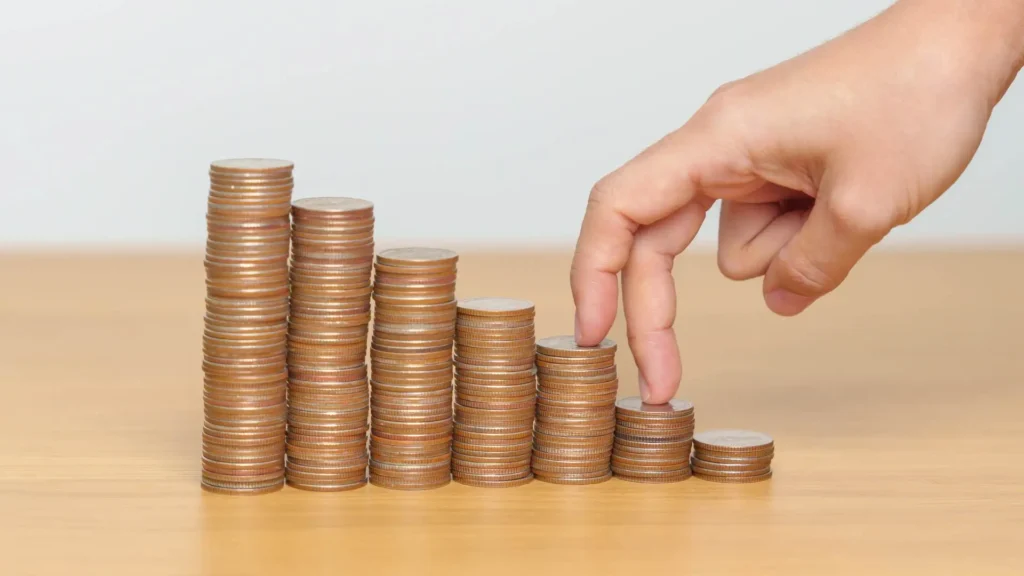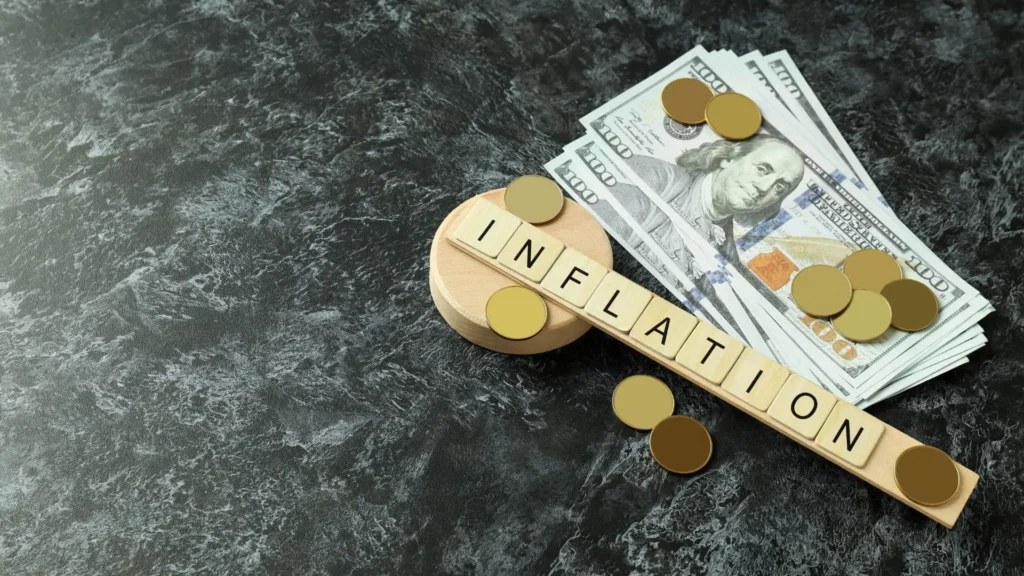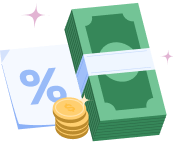Table of Contents
A debt payoff plan can help you reduce the burden of debt on your life. Whether it’s credit cards, student loans, medical bills, or personal loans, juggling multiple payments and mounting interest can be overwhelming. But here’s the good news: with a structured, personalized debt payoff plan, you can break free from the cycle and reclaim your financial future. In this comprehensive guide, we’ll show you how to create a debt payoff plan that truly works—step by step. Along the way, you’ll discover how platforms like Beem can make your journey smoother and more successful.
Assess Your Total Debt and Financial Situation
List All Debts (Balances, Interest Rates, Minimum Payments)
The first step to conquering debt is knowing exactly what you owe. Many people underestimate their total debt because it’s scattered across various accounts. Gather all your statements—credit cards, personal loans, student loans, medical bills, and other debts.
Create a debt inventory spreadsheet or use a debt tracking app. For each debt, record:
- Lender/creditor name
- Outstanding balance
- Interest rate (APR)
- Minimum monthly payment
- Payment due date
This exercise gives you a clear picture of your debt landscape and helps you prioritize which debts to tackle first.
Review Your Income, Expenses, and Cash Flow
Next, take a close look at your monthly finances. List all sources of income—salary, side hustles, rental income, etc. Then, track your monthly expenses, including essentials (housing, utilities, groceries), discretionary spending (dining out, entertainment), and all debt payments.
Calculate your monthly cash flow: Total Income – Total Expenses = Cash Flow
A positive cash flow means you have money left over each month to put toward debt. If your cash flow is negative, it’s time to identify areas to cut back.
Use Beem’s Credit Monitoring to Understand Your Credit Health
Your credit score and credit report significantly influence your debt payoff journey. Beem’s Credit Monitoring tool gives you real-time access to your score, credit utilization, and risk factors.
With Beem’s Credit Monitoring, you can:
- See how your debt levels impact your credit score
- Spot errors or fraudulent activity early
- Get personalized tips to improve your credit profile
Understanding your credit health will help you make smarter decisions—like when to refinance, consolidate, or negotiate with creditors.
Read related blog: How to Avoid Common Debt Repayment Mistakes
Set Clear and Achievable Debt Payoff Goals
Define Your Debt-Free Timeline
Vague goals lead to vague results. Instead of saying “I want to pay off my debt,” set a specific, time-bound target. For example, “I will pay off $10,000 in debt within 24 months.”
Break your goal into manageable milestones. If your target is two years, set quarterly or monthly checkpoints to measure progress.
Set Milestones and Trackable Targets
Milestones keep you motivated and provide opportunities to celebrate progress. Examples include:
- Paying off your first credit card
- Reducing your total debt by 25%
- Achieving a credit utilization below 30%
Visualize Progress with Beem’s Budget Planner
Beem’s Budget Planner isn’t just about numbers—it’s about motivation. With visual dashboards, you can:
- Track your debt balances shrinking over time
- See your progress toward each milestone
- Get reminders and encouragement to stay on track
Visualization makes your goal feel real and achievable, fueling your momentum.
Read related blog: Should You Use a 401(k) Loan to Pay Off Credit Card Debt?
Choose the Right Debt Payoff Strategy
There’s no one-size-fits-all approach to debt repayment. The best strategy is the one that matches your financial situation and keeps you motivated.
Debt Avalanche Method (Highest Interest First)
The avalanche method is mathematically the most efficient way to pay off debt.
How it works:
- Make minimum payments on all debts.
- Put any extra money toward the debt with the highest interest rate.
- Once that debt is paid off, focus on the next highest rate.
Benefits:
- Saves the most on interest over time.
- Accelerates your journey to debt freedom.
Debt Snowball Method (Smallest Balance First)
The snowball method is all about momentum and motivation.
How it works:
- Make minimum payments on all debts.
- Put any extra money toward the debt with the smallest balance.
- Once paid off, roll that payment into the next smallest debt.
Benefits:
- Quick wins boost your confidence.
- It keeps you engaged and makes you less likely to give up.
Hybrid or Custom Approach Based on Your Needs
You can also mix and match strategies. For example, start with a snowball for motivation, then switch to an avalanche for maximum savings. Beem’s Budget Planner can help you simulate both methods and choose the best.
Read related blog: The Impact of Medical Debt on Your Credit Score
Build a Realistic and Flexible Budget
Prioritize Debt Payments in Your Spending Plan
Your budget is your roadmap to debt freedom. Start by listing your income and fixed expenses. Next, allocate as much as possible toward debt payments—above the minimums. The more you pay, the faster you’ll be debt-free.
Identify Areas to Cut Back and Redirect Savings
Look for ‘quick wins’ in your spending:
- Cancel unused subscriptions
- Cook at home instead of dining out
- Limit impulse shopping
Every dollar you save can be redirected toward your debt payoff plan.
Use Beem’s Budget Planner to Monitor and Adjust
Beem’s Budget Planner makes budgeting easy and effective:
- Set custom categories for debt payments
- Track your spending in real time
- Get alerts if you’re overspending in any category
- Adjust your plan as your income or expenses change
A flexible budget keeps you on track even when life throws you a curveball.
Read related blog: Holiday Spending With Beem Pass: Helps Your Family Avoid Seasonal Debt
Automate and Optimize Your Repayment Process
Set Up Automatic Payments to Avoid Missed Deadlines
Missing a payment can mean late fees and a hit to your credit score. Automation is your friend:
- Set up automatic minimum payments for each debt
- Schedule extra payments when possible
Beem’s reminders and automation features ensure you never miss a due date.
Make Extra or Biweekly Payments When Possible
You don’t have to wait for your next paycheck to make a payment. By splitting your monthly payment into two biweekly payments, you’ll make the equivalent of an extra payment each year—speeding up your debt payoff.
Apply Windfalls, Bonuses, or Tax Refunds to Debt
Got a tax refund, bonus, or birthday money? Instead of spending it, make a lump-sum payment on your highest-priority debt. These ‘debt sprints’ can shave months or even years off your payoff timeline.
Read related blog: Steps to Take If You’re Struggling With Multiple Debts
Avoid New Debt and Stay Accountable
Pause Credit Card Spending and Use Cash/Debit
Getting out of debt is tough if you keep adding to the pile. Commit to using cash or debit for all purchases while paying off debt. Leave your credit cards at home or even freeze them (literally or figuratively).
Remove Temptations and Triggers for Impulse Purchases
- Unsubscribe from promotional emails
- Remove saved cards from online shopping sites
- Avoid ‘retail therapy’ when stressed
Use Beem’s Alerts and Reminders to Stay on Track
Beem’s app can send you gentle nudges and reminders:
- Upcoming payment due dates
- Overspending alerts
- Progress updates and motivational messages
Accountability is key to sticking with your plan.
Monitor Your Credit and Celebrate Progress
Track Credit Score Improvements with Beem’s Credit Monitoring
As you pay down debt, your credit utilization drops, and your score should rise. Beem’s Credit Monitoring lets you see these changes in real time.
- Celebrate every point increase as a sign of progress
- Understand how specific actions—like paying off a card—impact your score
Celebrate Debt Payoff Milestones
Paying off debt is a journey, and every milestone deserves recognition:
- Treat yourself to a small, budget-friendly reward
- Share your success with friends or in online communities
Adjust Your Plan as Life Changes
Life is unpredictable. If your income drops or expenses rise, revisit your budget and adjust your payoff plan. Flexibility keeps you moving forward, even when things are unplanned.
Read related blog: How to Lower Your Debt-to-Income Ratio and Boost Your Credit Score
Seek Support and Professional Guidance if Needed
Contact Creditors for Better Terms or Hardship Programs
If you’re struggling, don’t wait until you miss payments. Many creditors are willing to work with you:
- Request a lower interest rate
- Ask about hardship programs or payment plans
A simple phone call can save you hundreds in interest.
Consult a Credit Counselor or Financial Advisor
A nonprofit credit counselor can help you create a debt management plan if your debt feels unmanageable. For more complex situations, a financial advisor can provide personalized guidance. Look for accredited agencies through the National Foundation for Credit Counseling (NFCC)
Read related blog: How Much Does a Debt Settlement Lawyer Cost
Conclusion
Creating a debt payoff plan that works isn’t just about numbers—it’s about clarity, commitment, and the right tools. You can progress toward a debt-free future by assessing your debt, setting clear goals, choosing the best strategy, building a flexible budget, and leveraging innovative technology like Beem’s Budget Planner and Credit Monitoring.
Remember, every journey starts with a single step. The sooner you start, the sooner you’ll be free from the weight of debt. Stay consistent, celebrate your wins, and let Beem be your partner every step of the way.
Ready to take control? Download the app now, set up your debt payoff plan, and watch your financial freedom grow!
















































